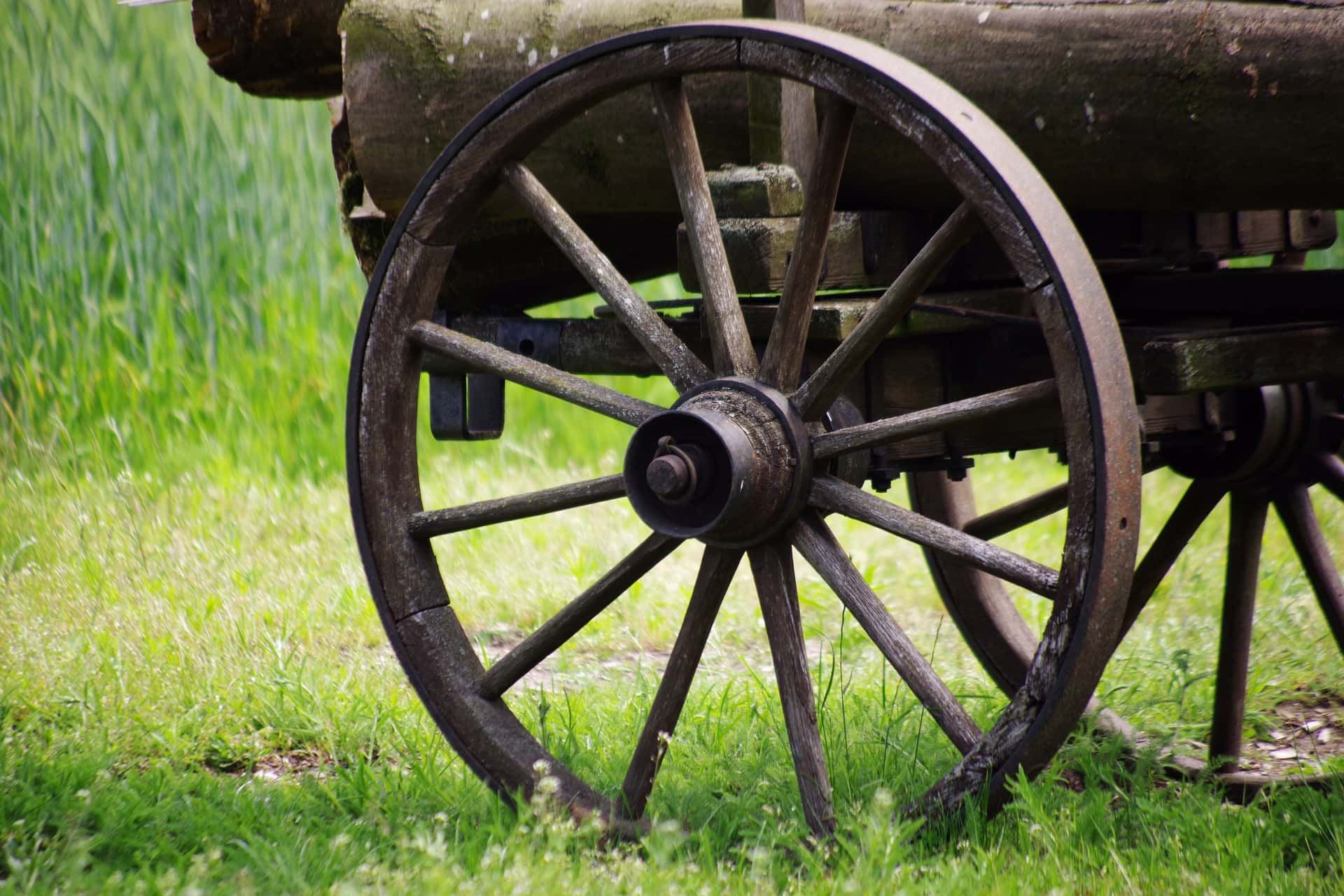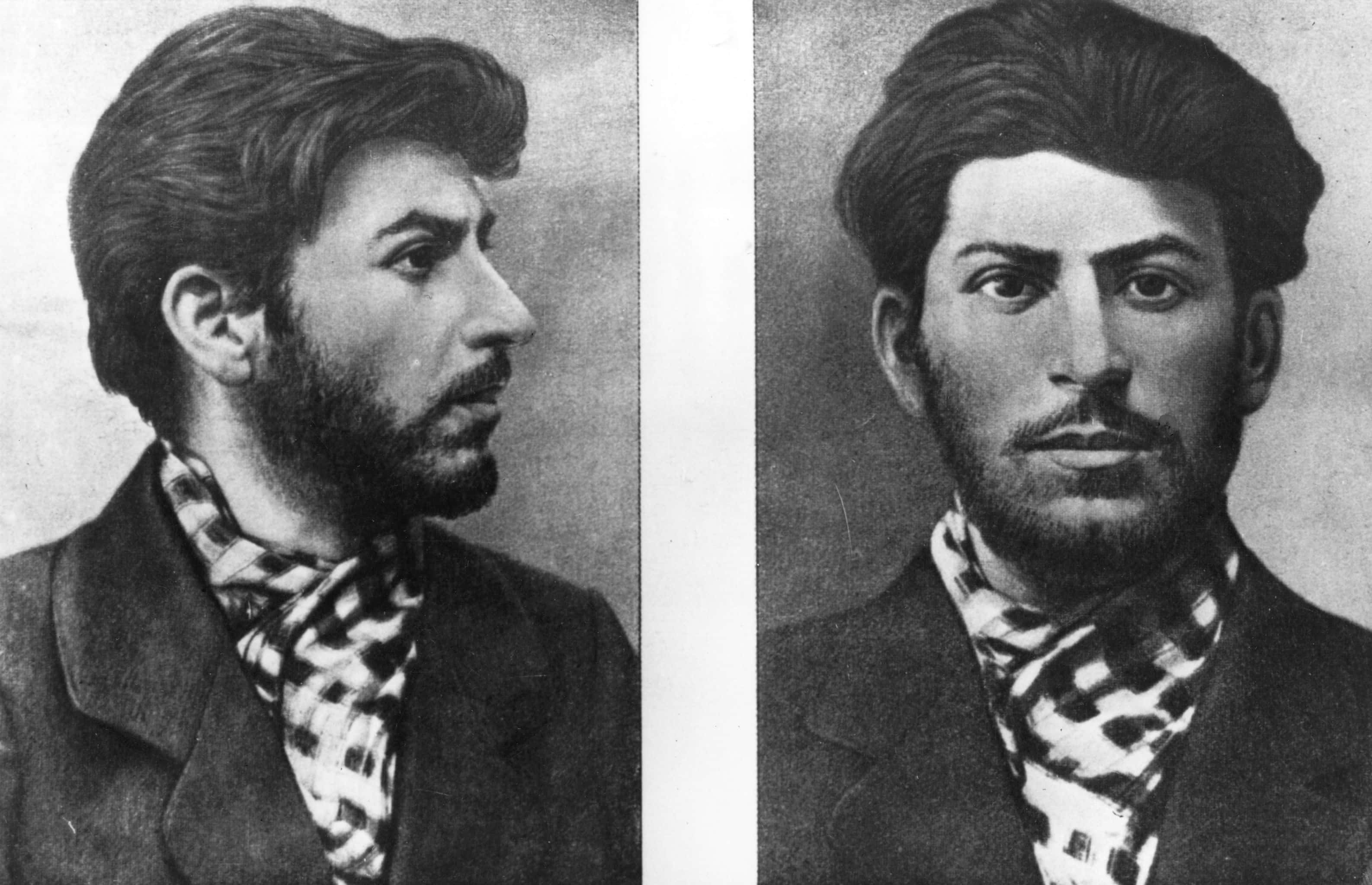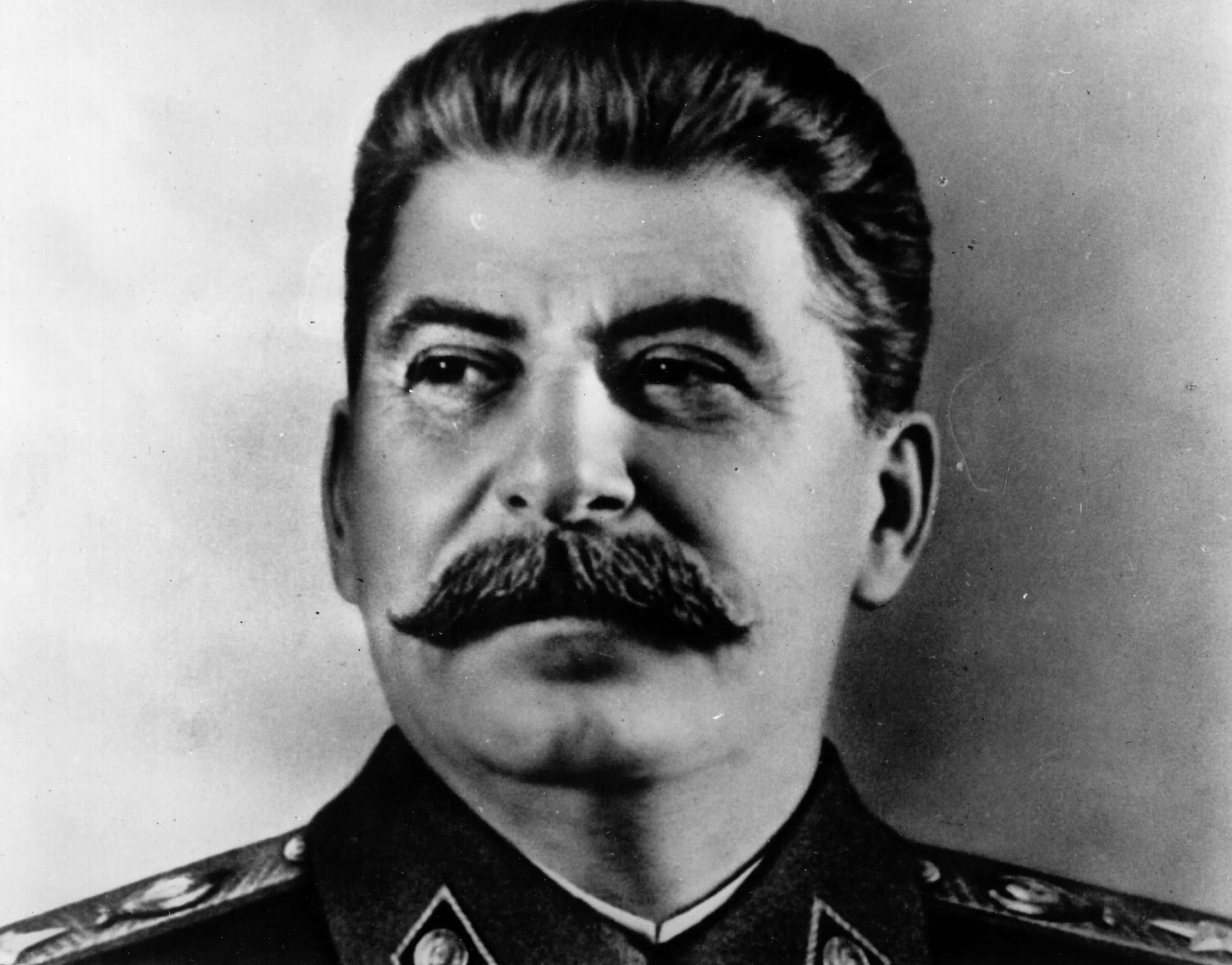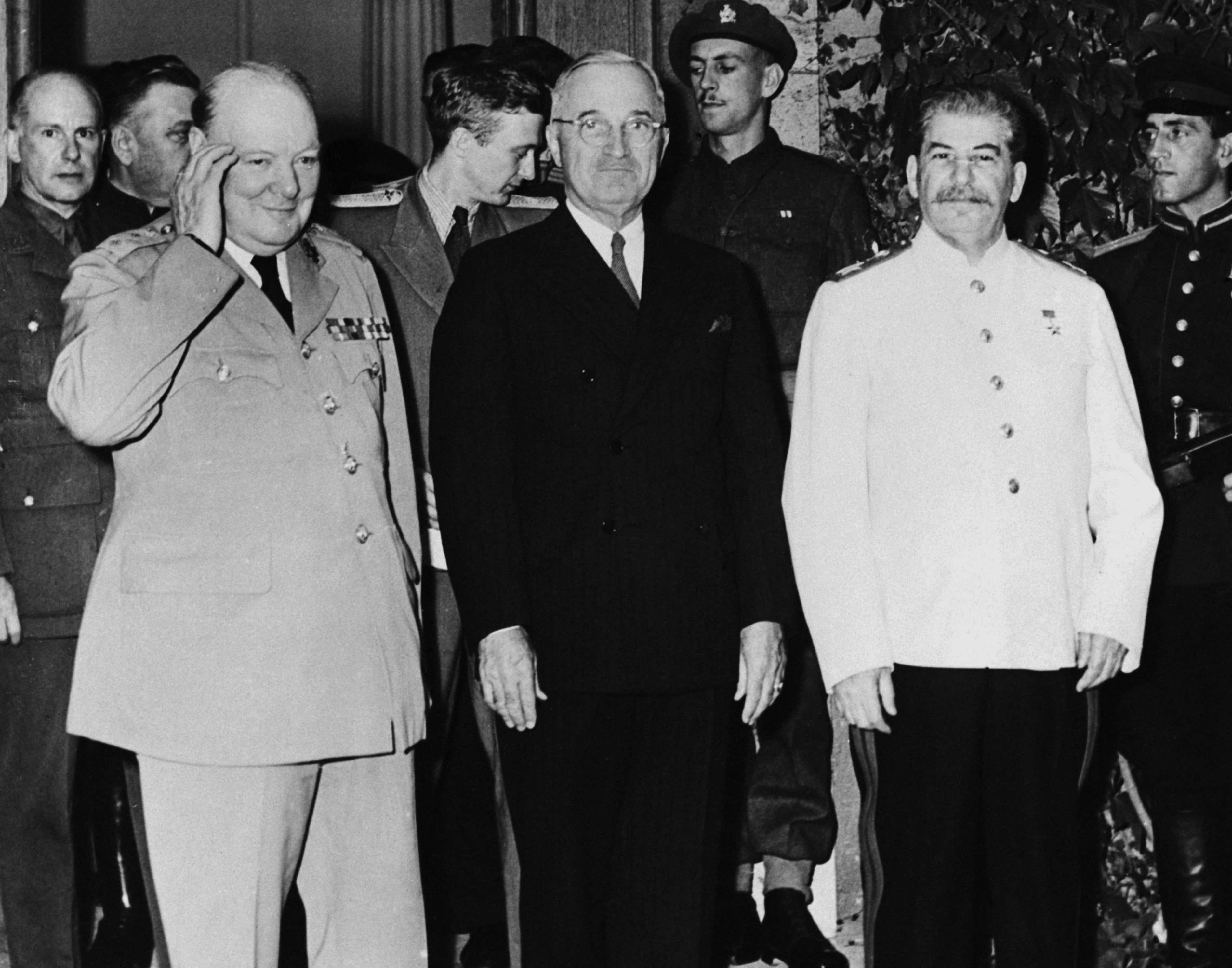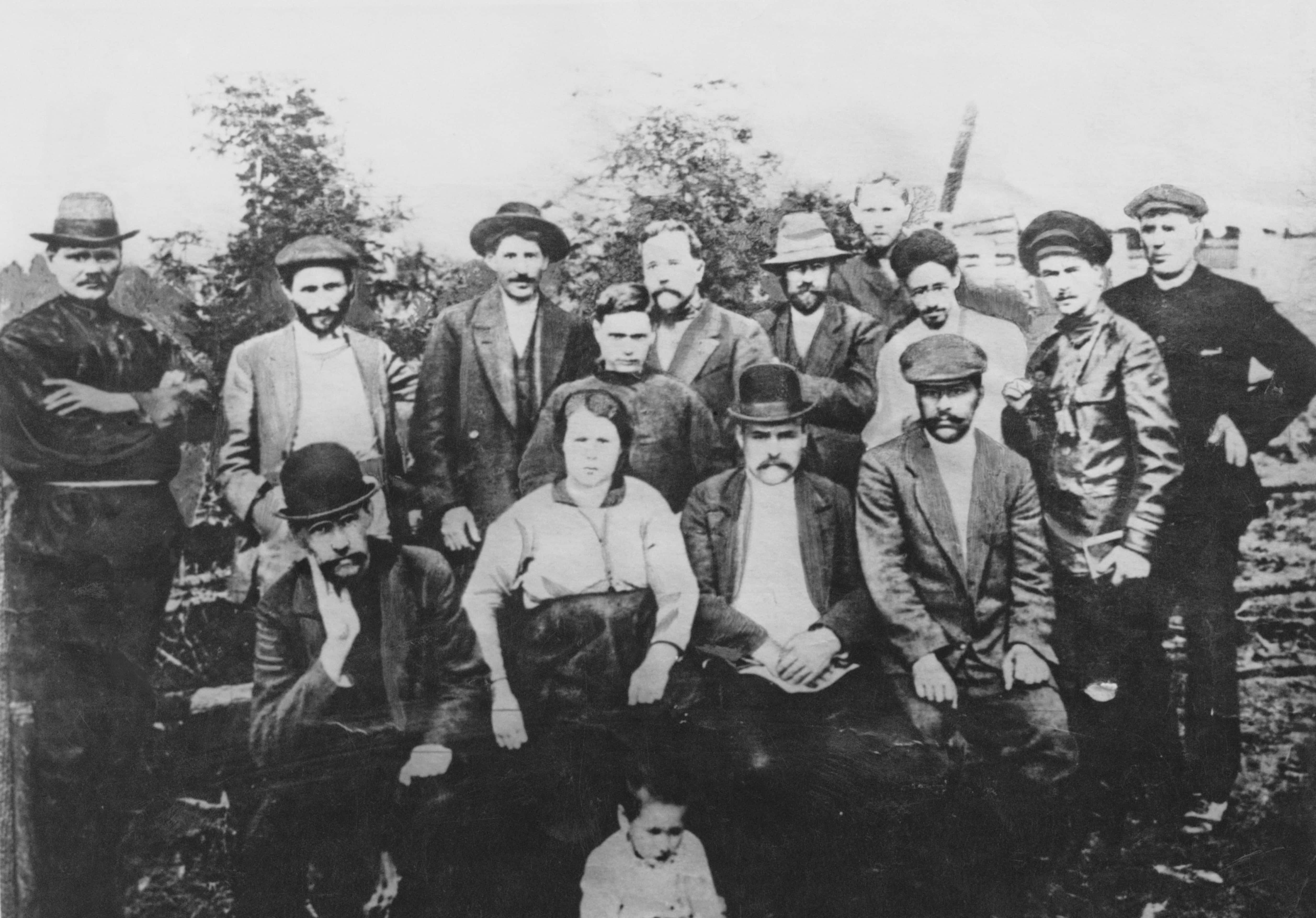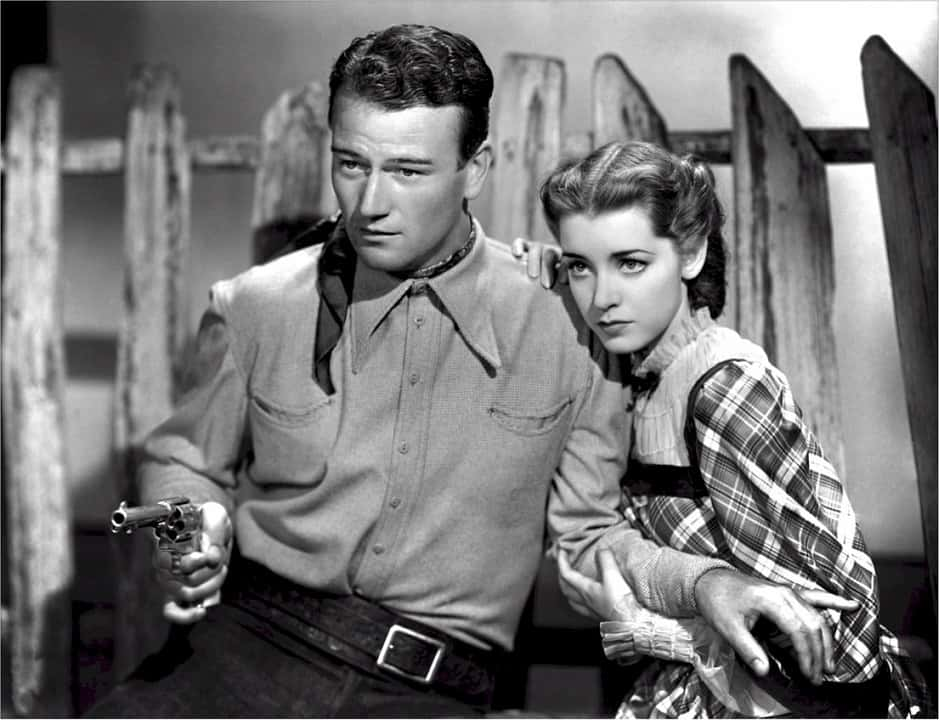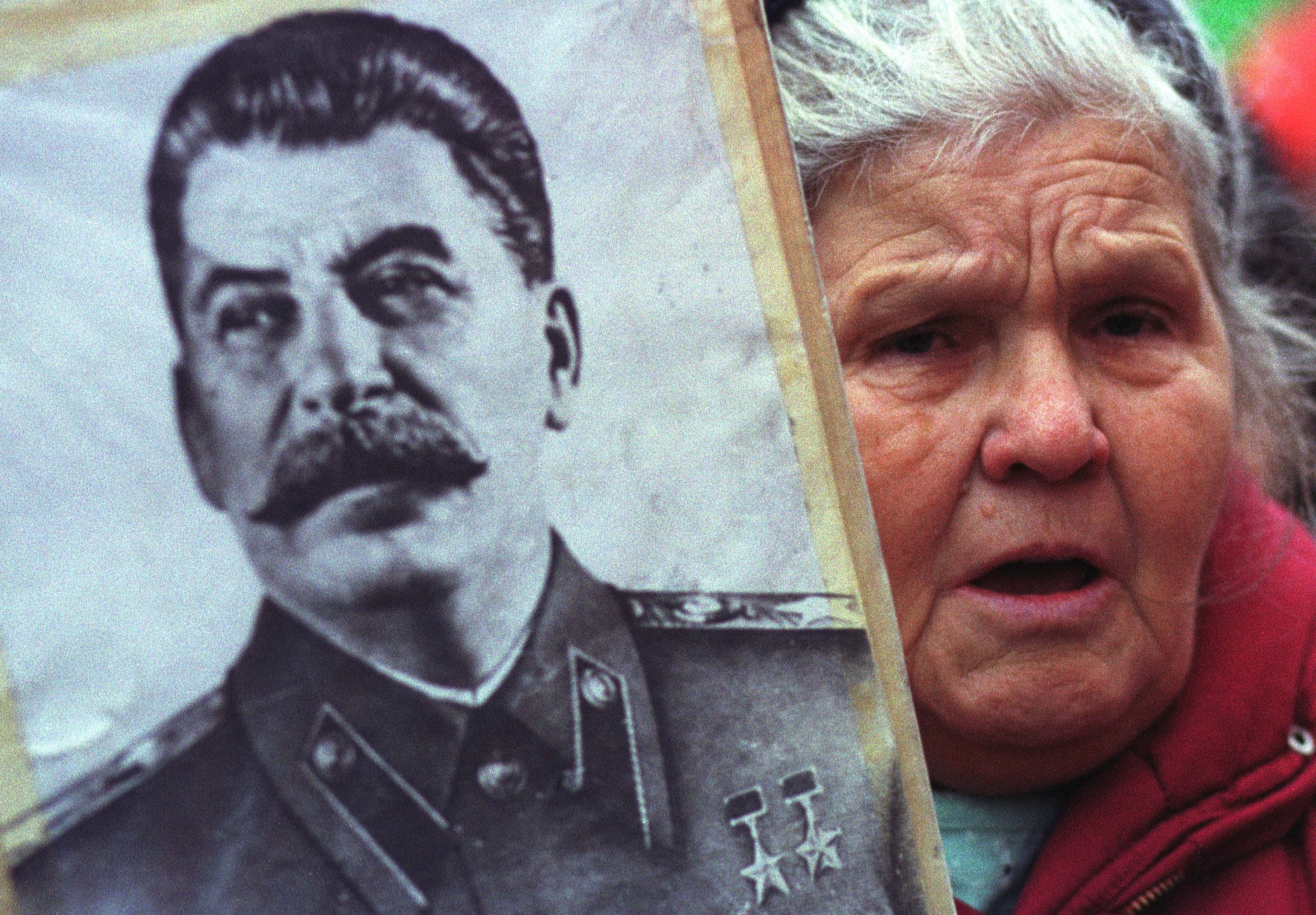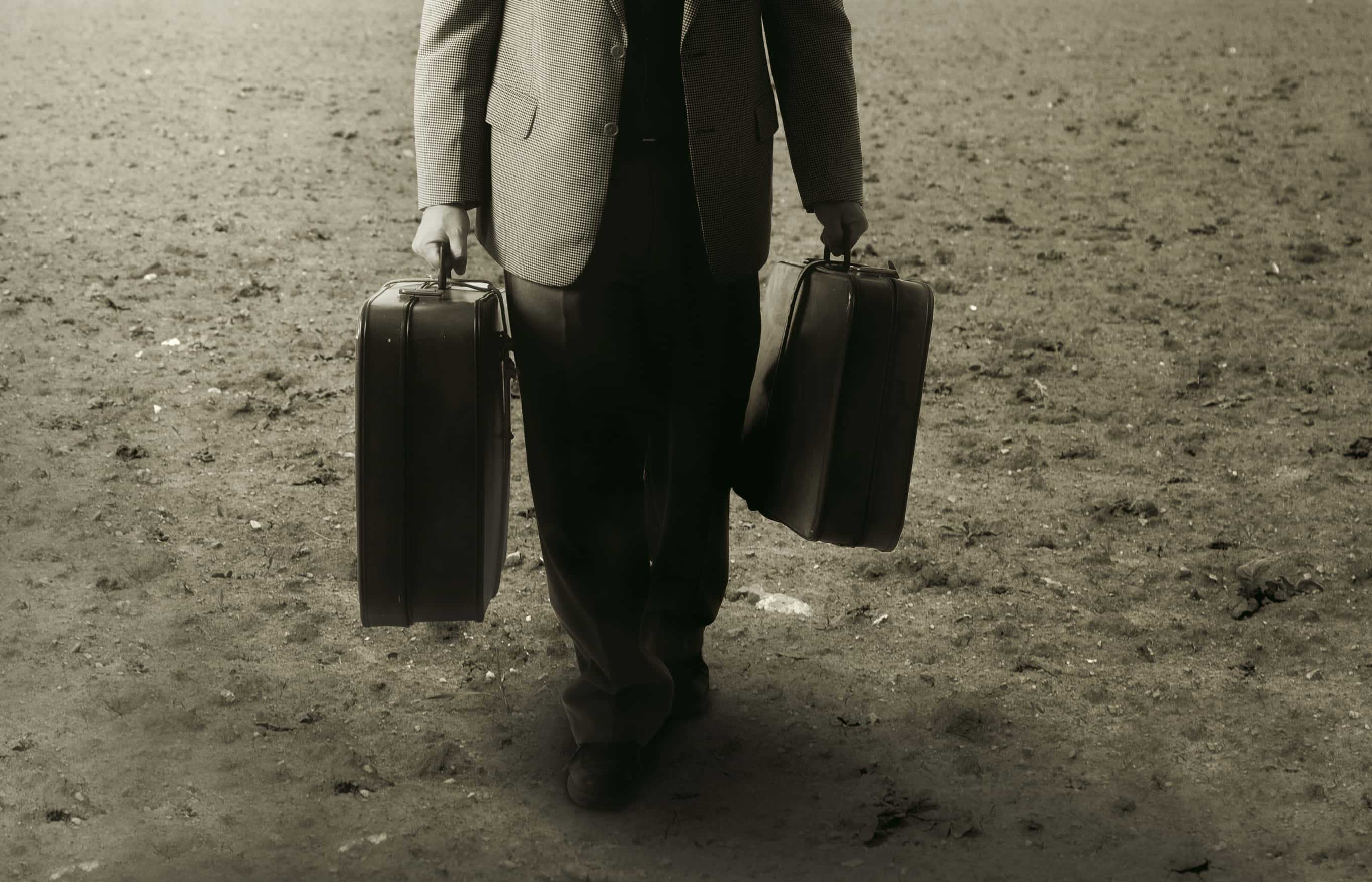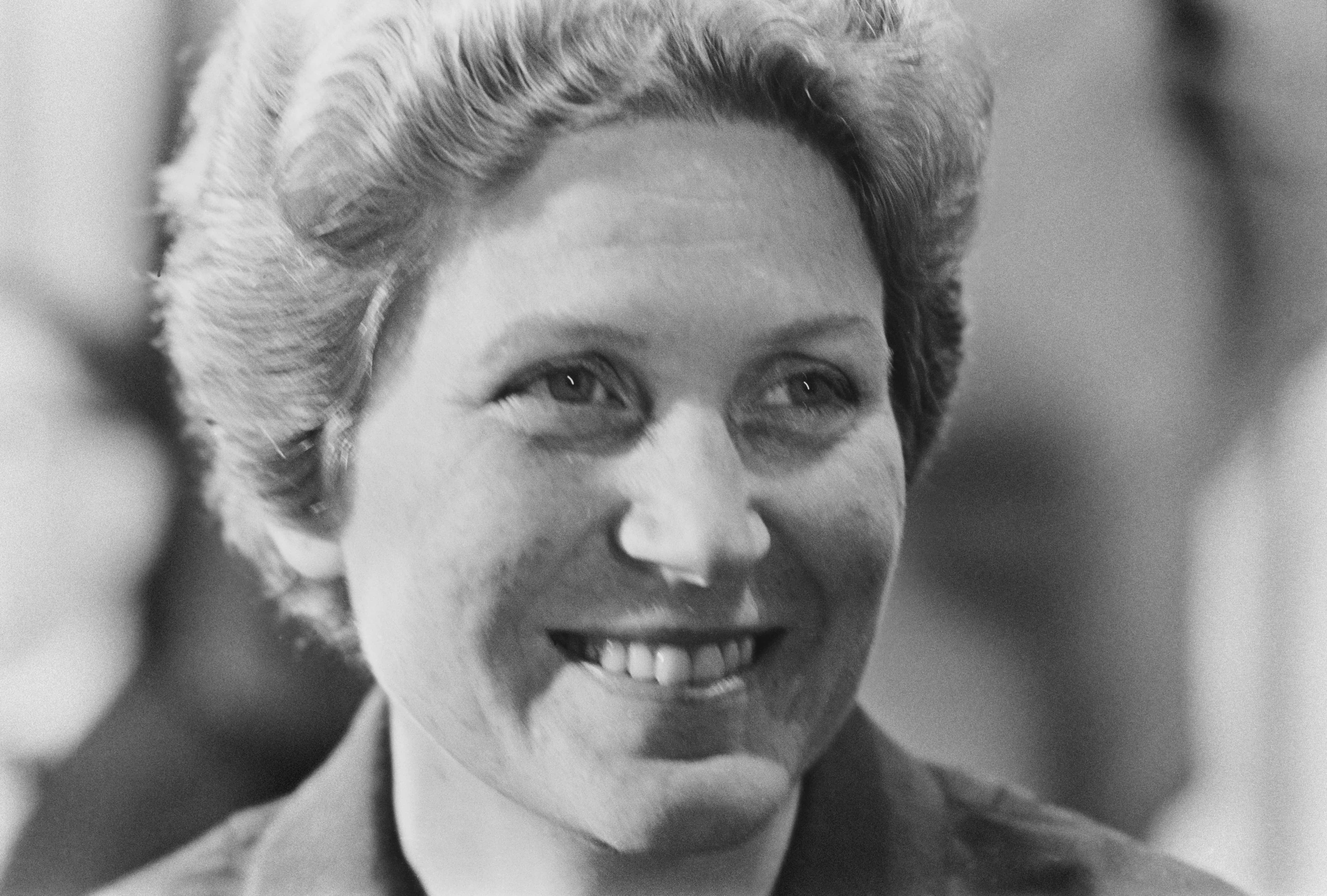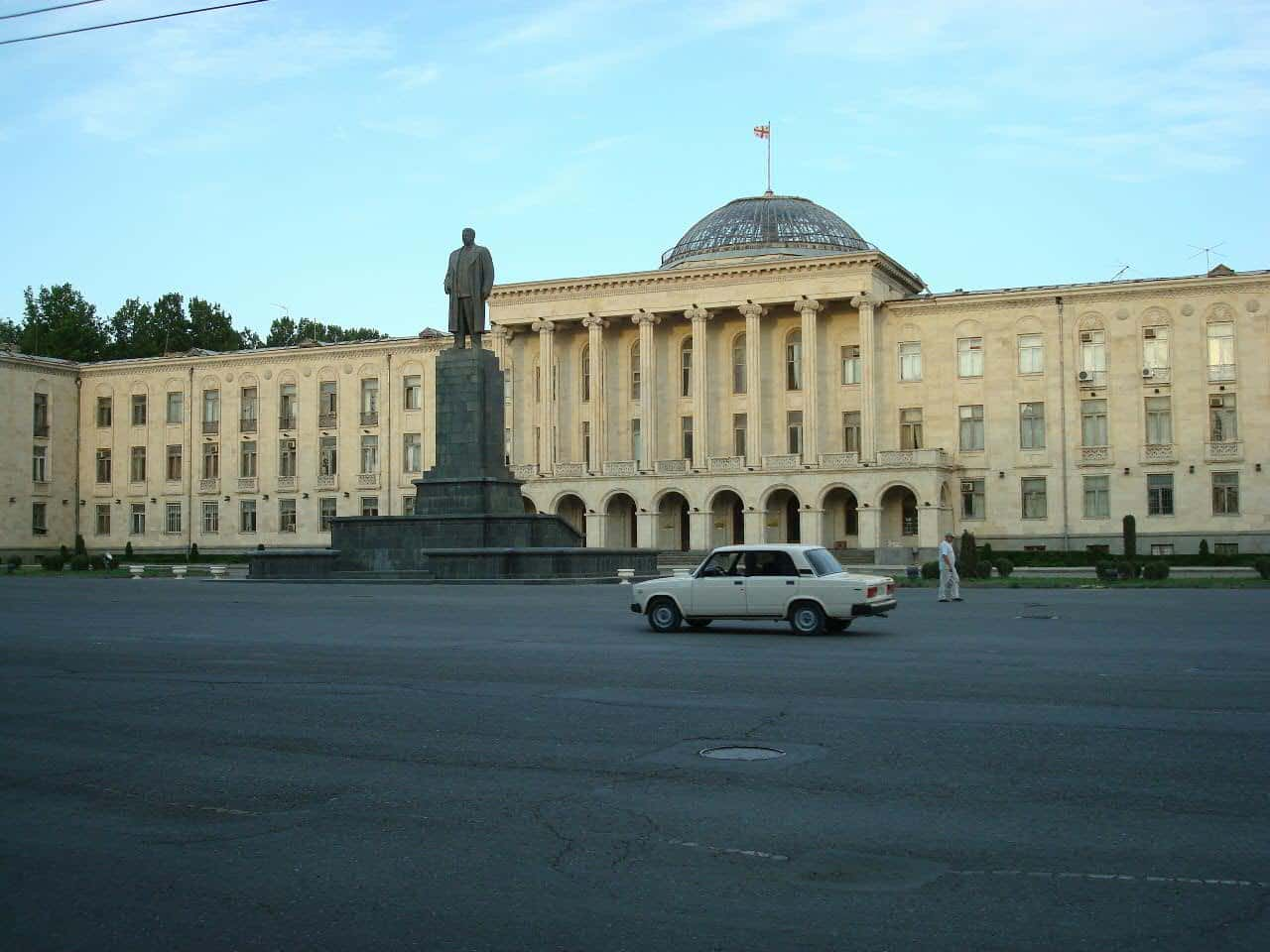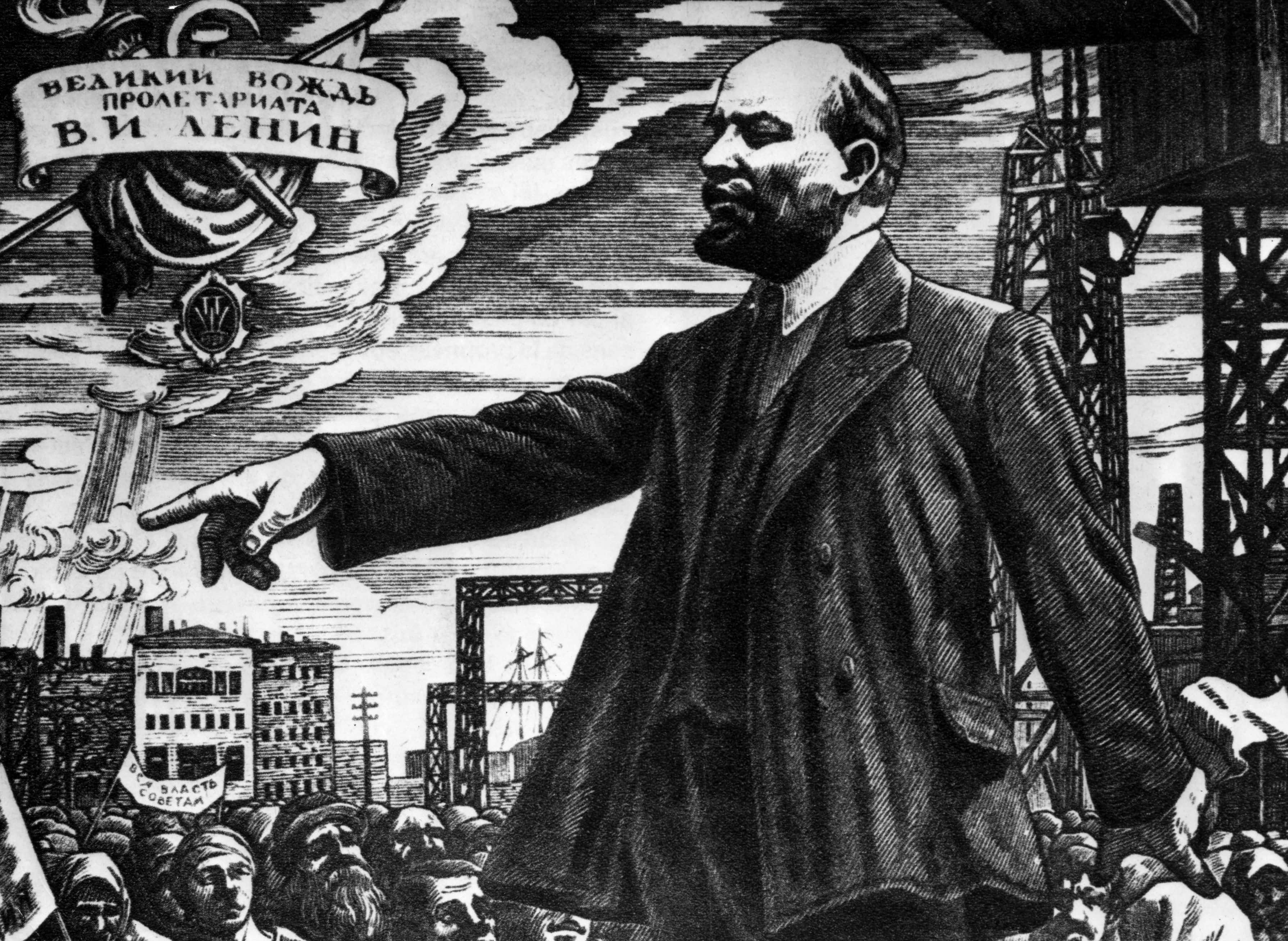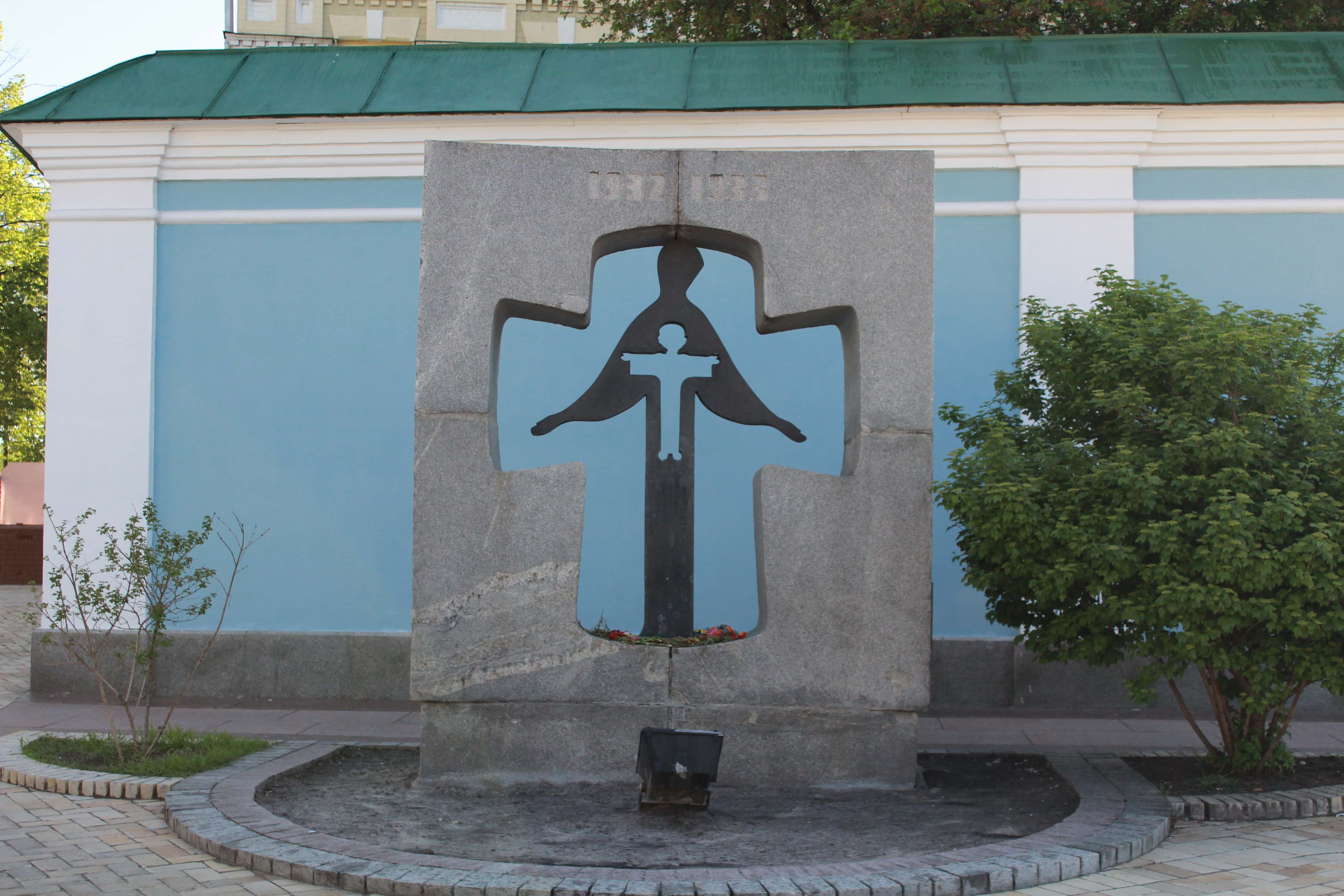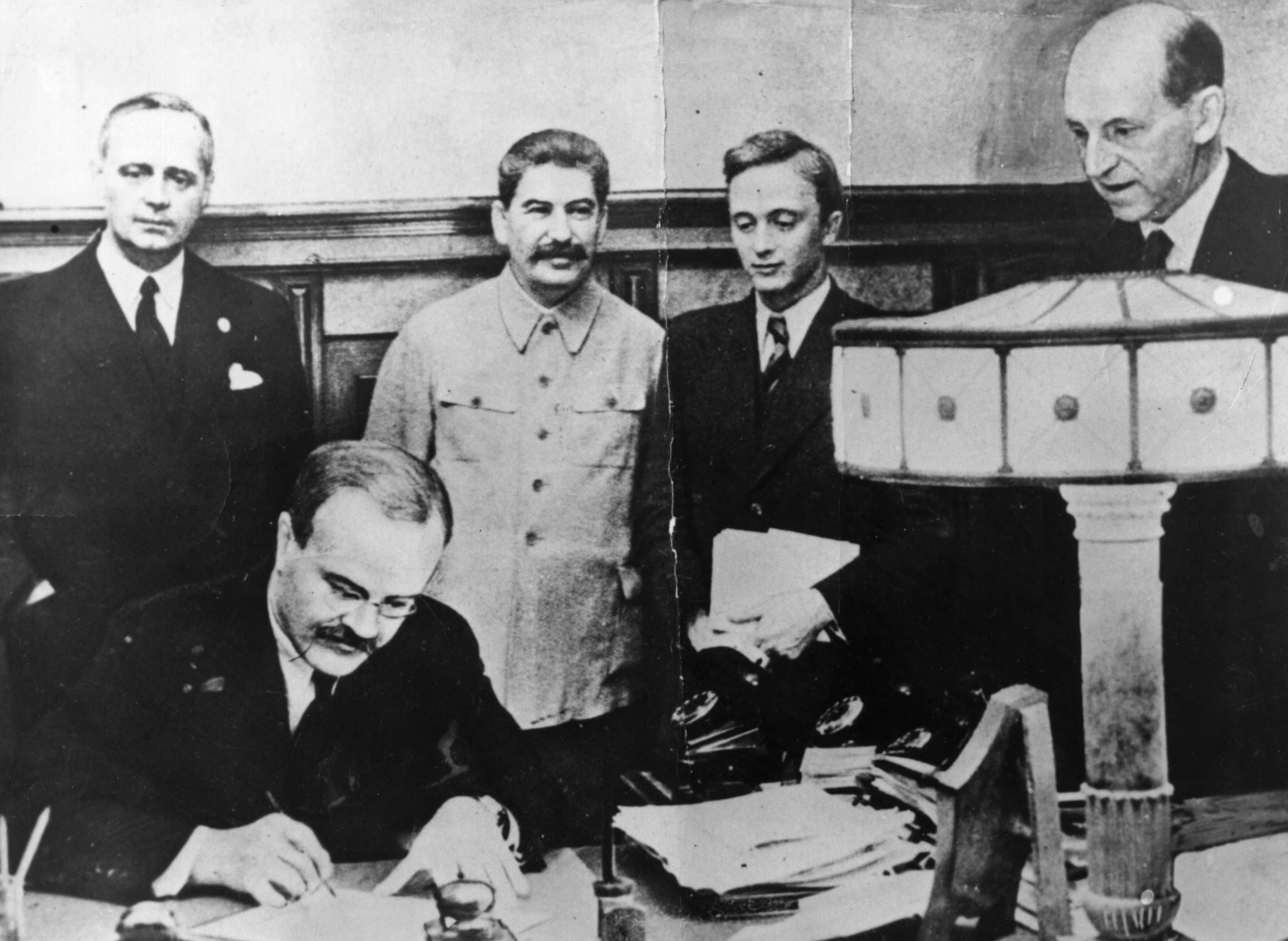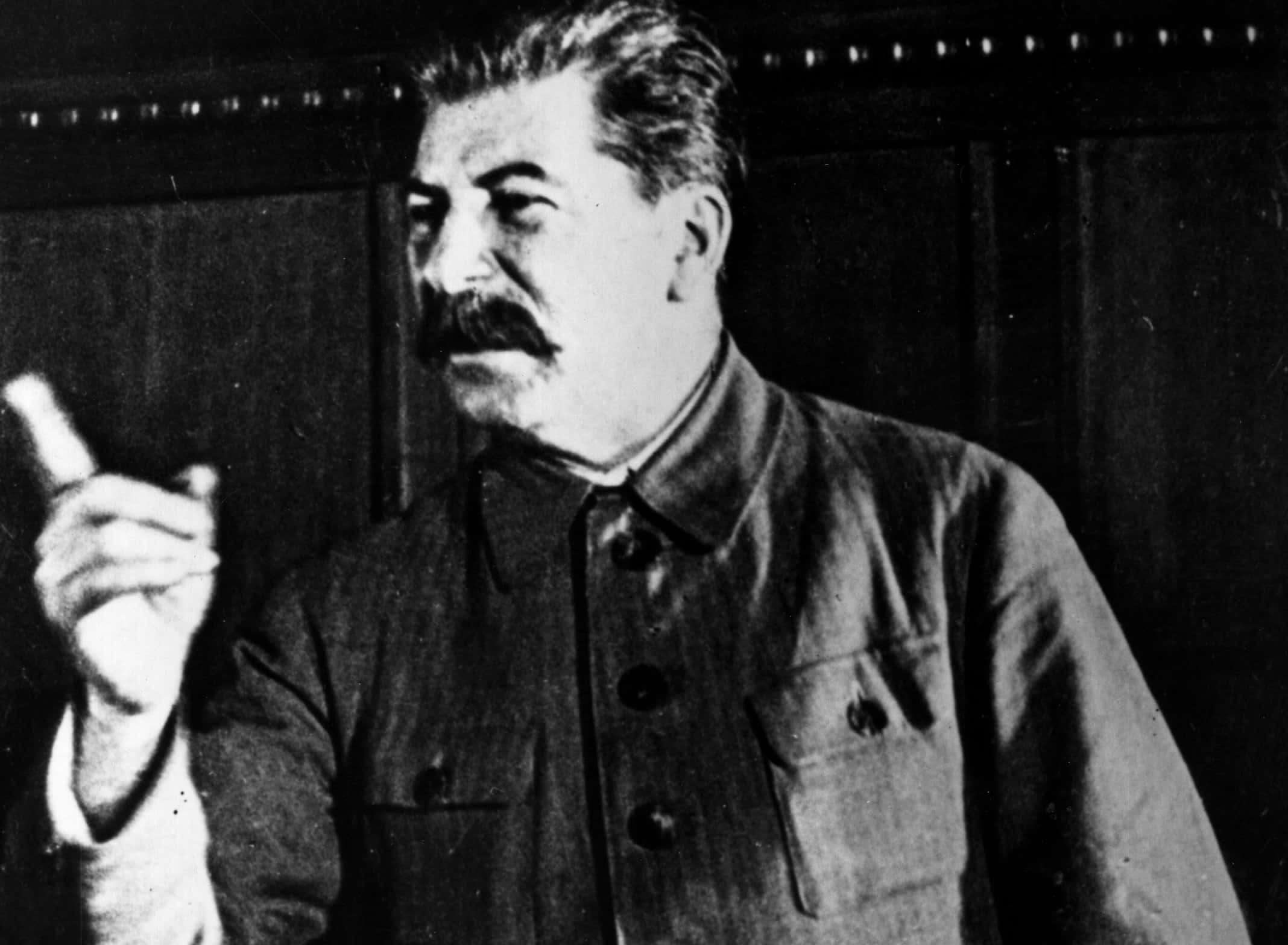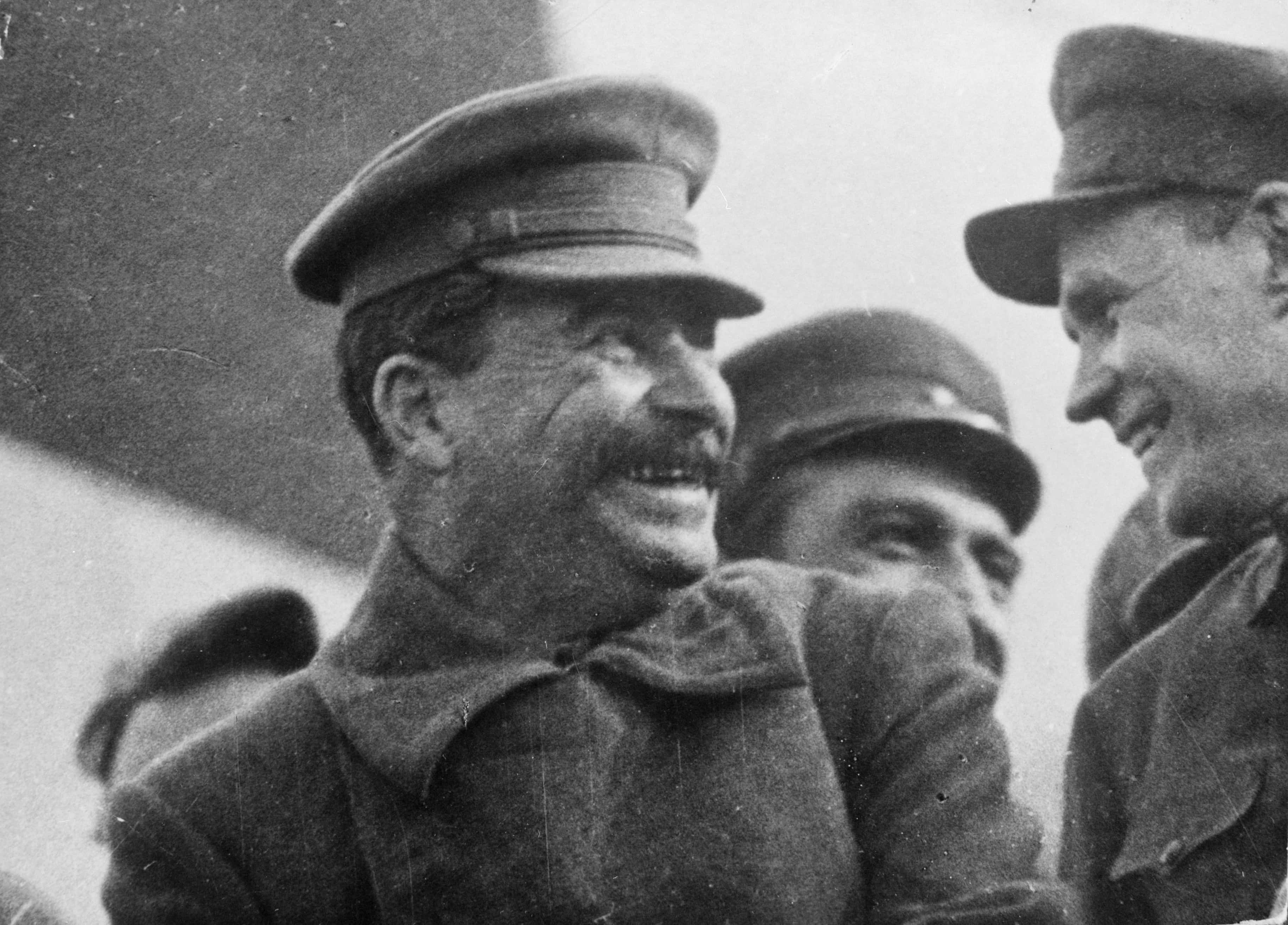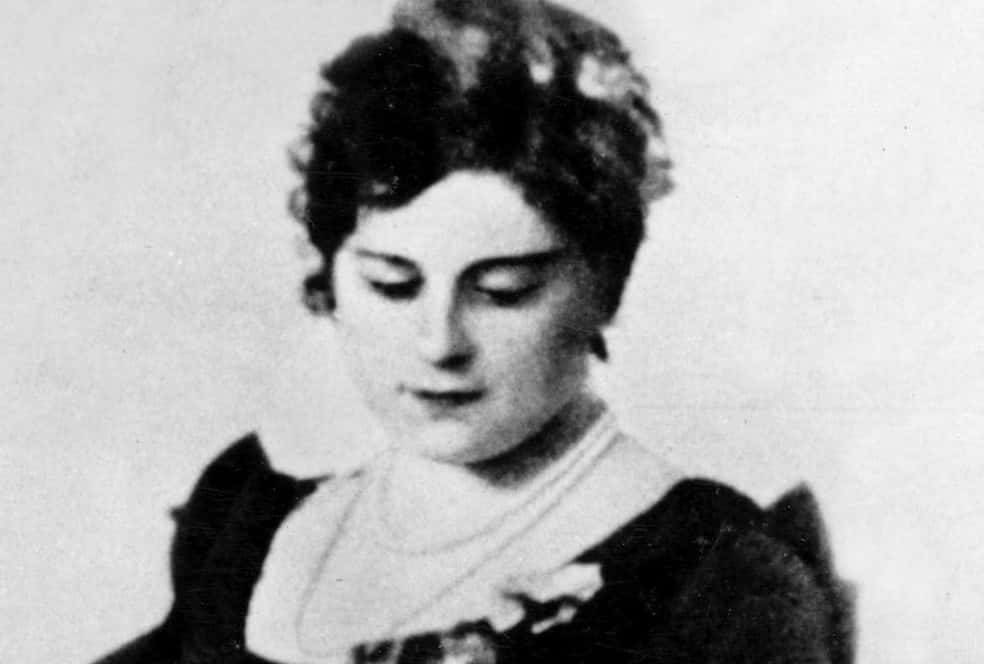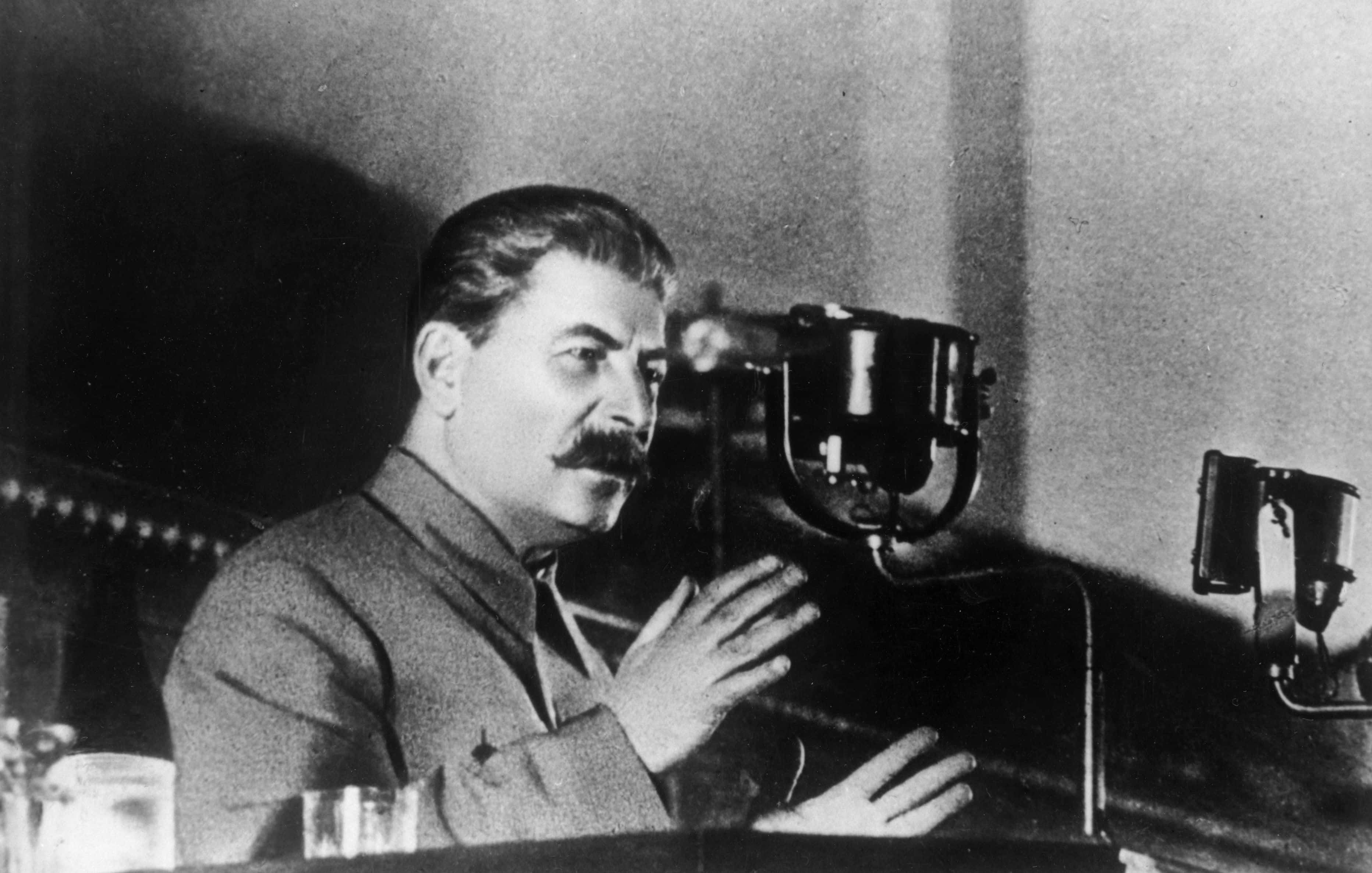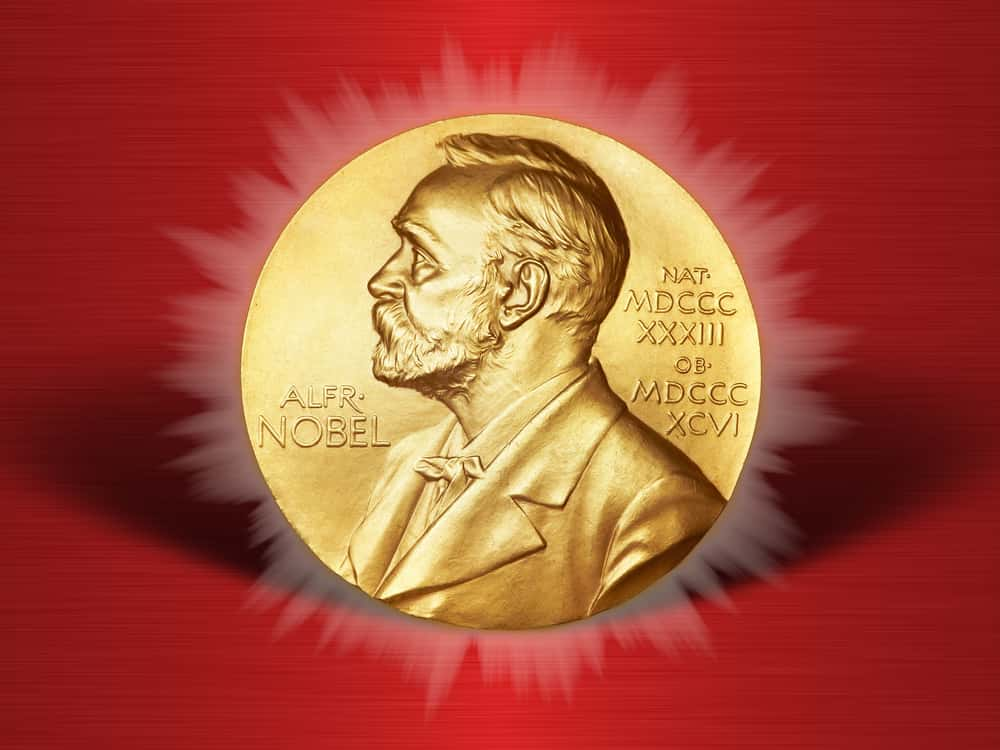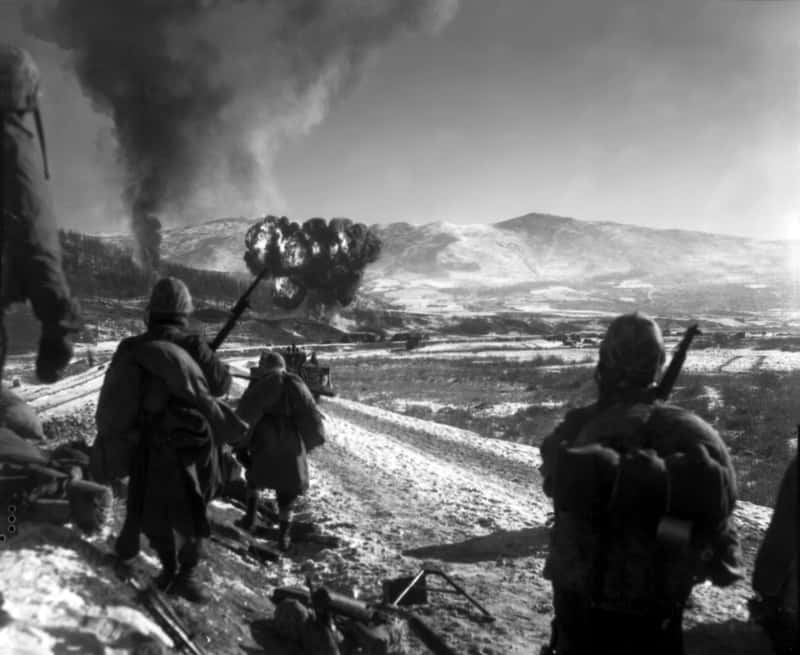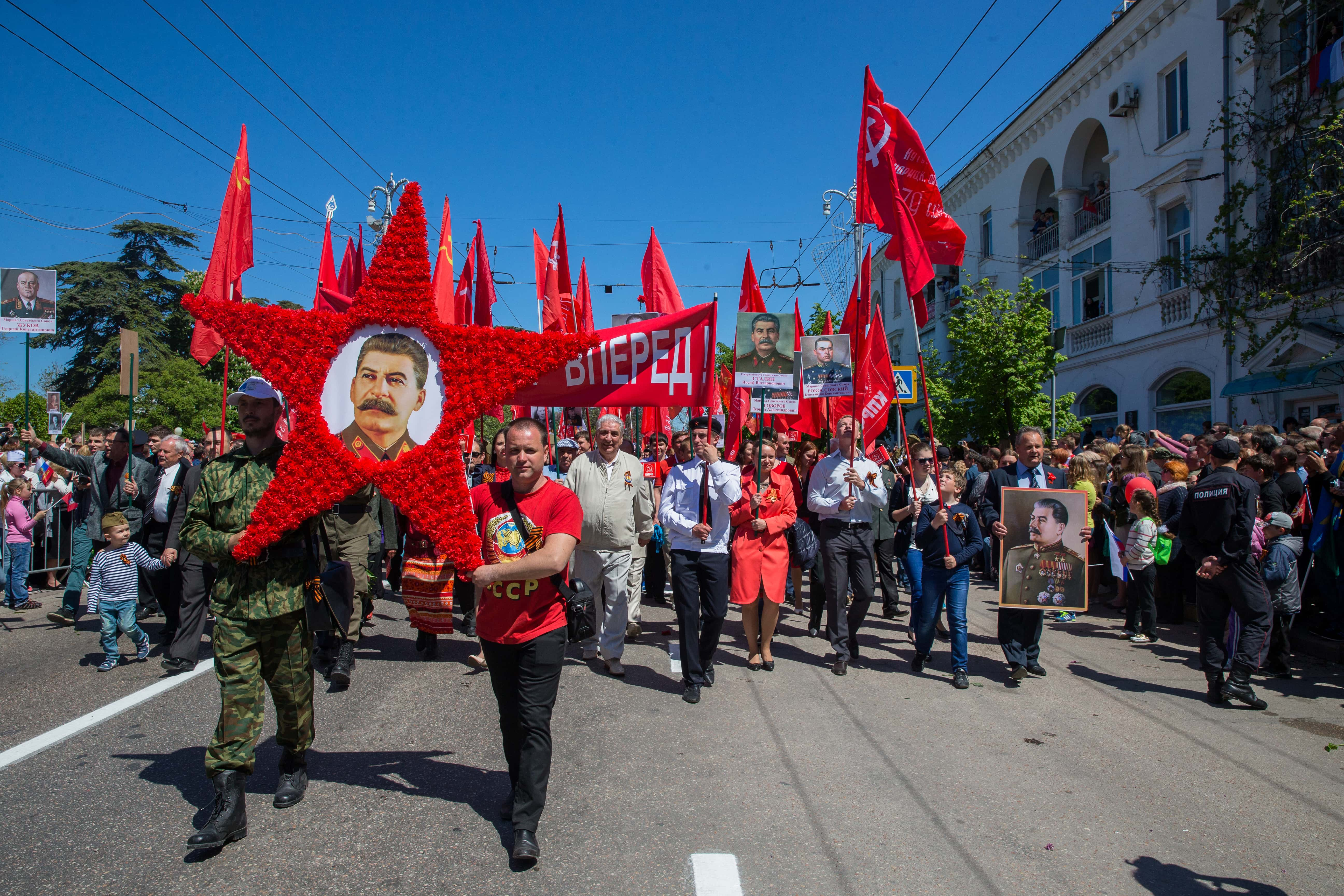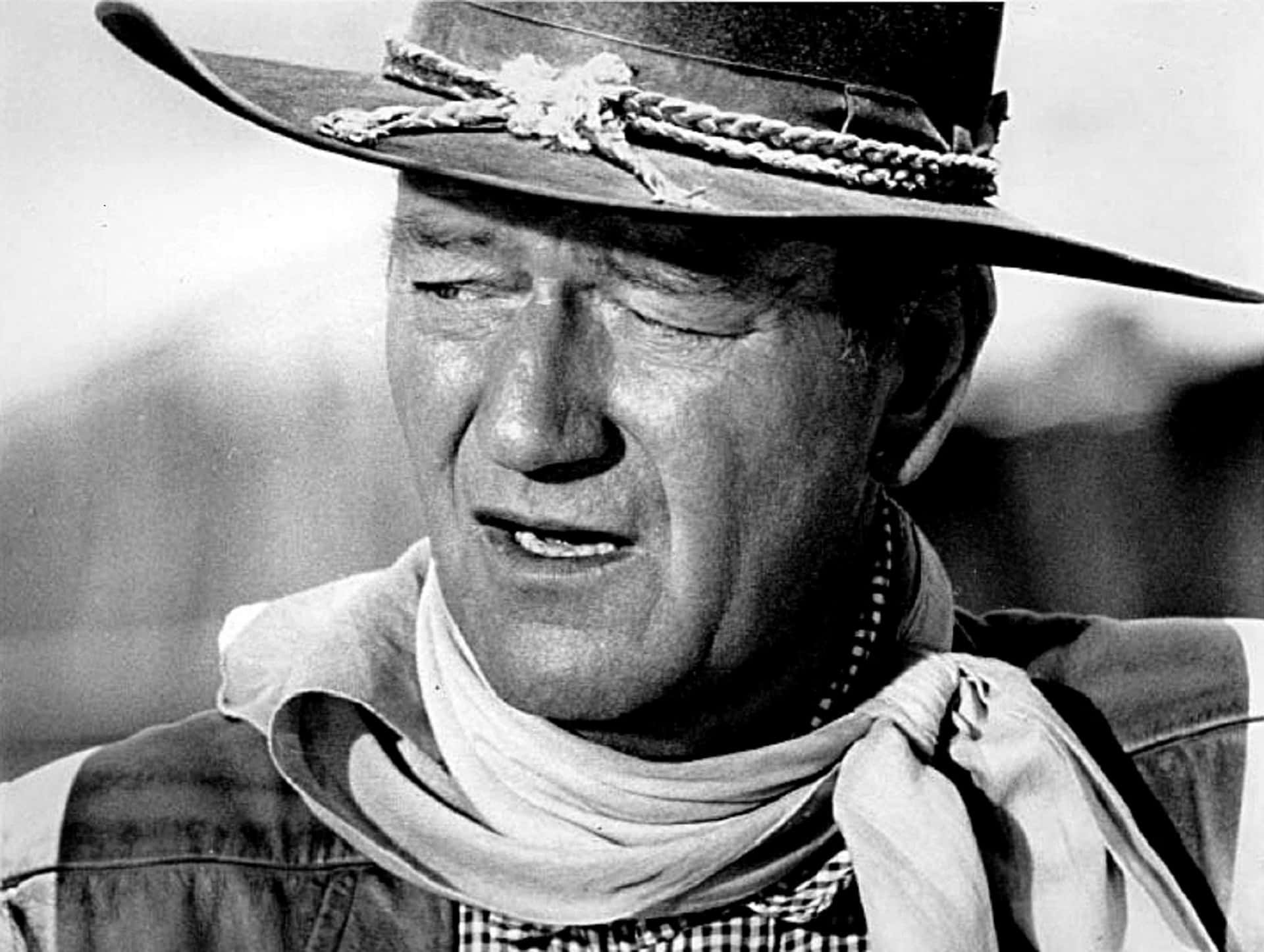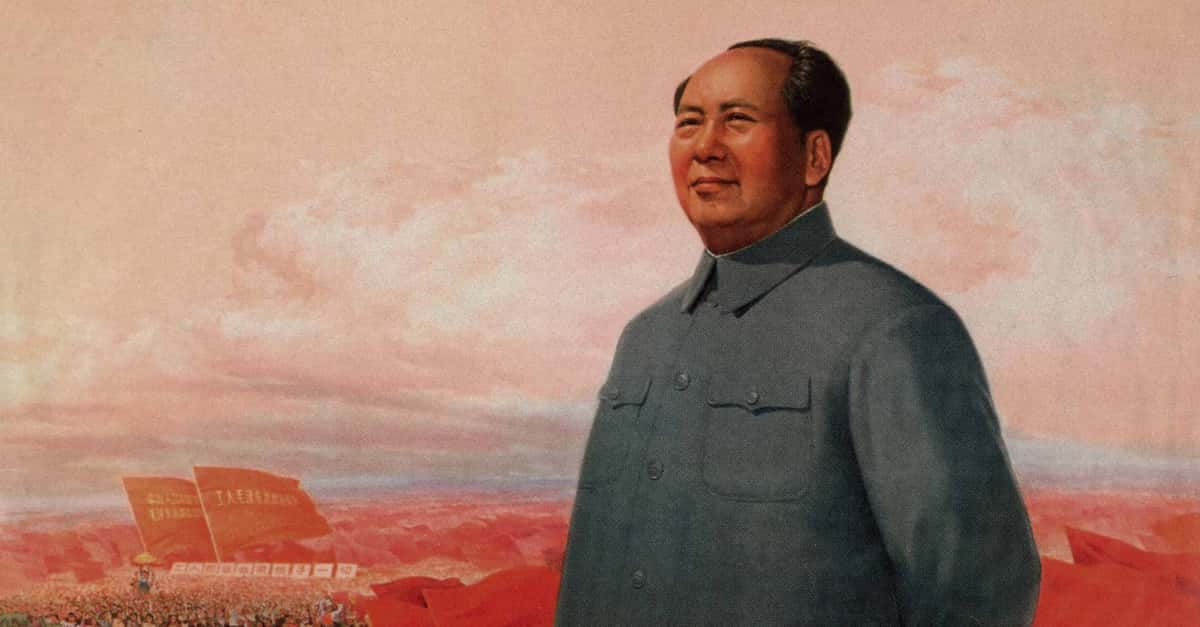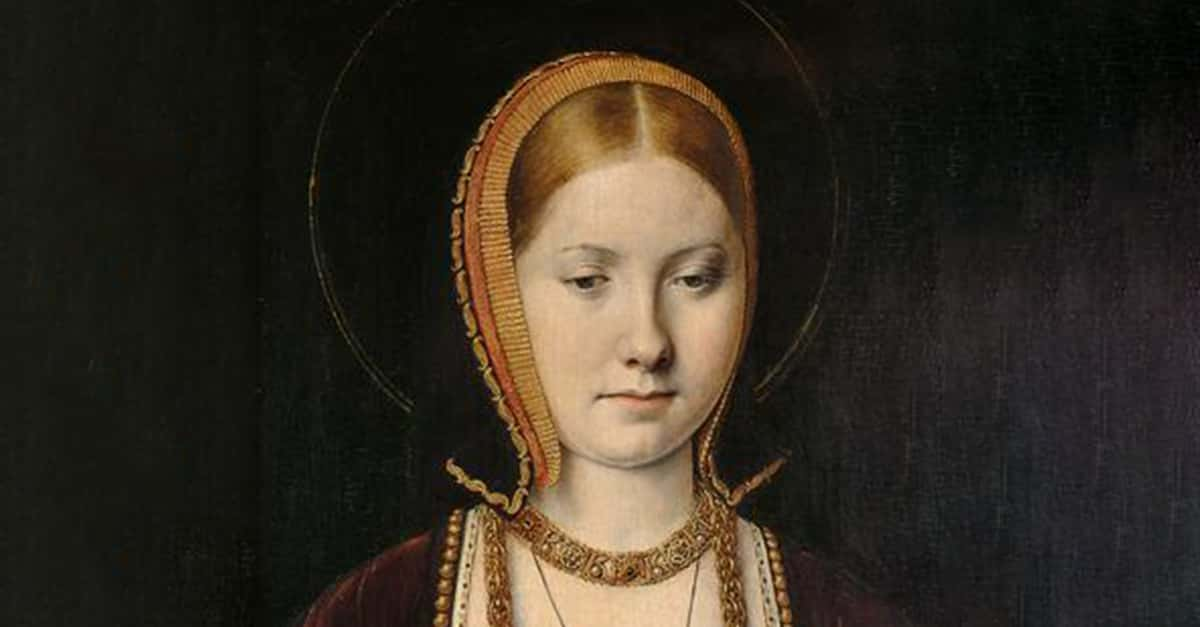“It is enough that the people know there was an election. The people who cast the votes decide nothing. The people who count the votes decide everything.”
Joseph Stalin ruled the USSR with a clenched fist and a ruthless regime. Incredibly, there are still many questions that have not been answered about him, and many secrets the public does not know. Let's lift back the iron curtain and take a look at these 40 bloody facts about Joseph Stalin.
Joseph Stalin Facts
40. Super-Stalin
Joseph Stalin changed his name from Josef Vissarionovich Djugashvili to the name we know him as today when he was in his 30s. Frankly, it's a lot easier to remember (and spell). Stalin also just happens to translate to "man of steel."
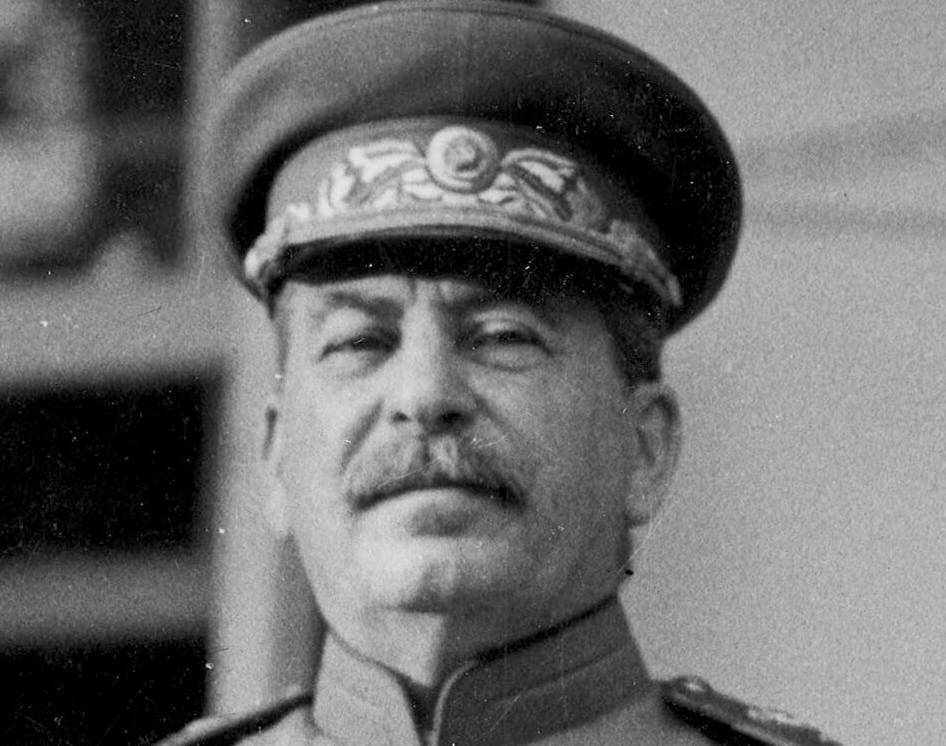 Franklin D. Roosevelt Library, Wikimedia Commons
Franklin D. Roosevelt Library, Wikimedia Commons
39. (Bad) Luck of the Draw
Stalin didn’t have the greatest childhood, and his father regularly beat him. When he was 12, he was run over by a horse-drawn carriage, an accident that required surgery to fix his arm. Because of this, one arm was shorter than the other, and he was also considered unsuitable for the military.
38. What Didn’t Kill Him Made Him Stronger
Stalin was a little self-conscious. He suffered from smallpox as a child, which gave him facial scars. He was bullied as a result, and other kids called him “pocky.”
37. Filter Those Photos!
If Stalin lived now, he would have loved our filtering and editing techniques for photos. He was known to have photographs of himself airbrushed to remove his smallpox scarring.
36. Case of the Angles
He wasn’t exactly a tall man. US President Harry S. Truman gave Stalin the nickname “little squirt” because of his short 5’4” stature. Stalin didn’t like his height, and required photographs of him to be taken only at certain angles, which helped to hide just how short he was. Oh, and Truman? He was 5’7”. I guess you take what you can get.
35. Maybe He Just Wanted More Presents?
Though official accounts place Stalin's birthday on December 18, 1879, Stalin himself claimed his birthday was December 21, possibly in 1881. It’s a good thing we don’t need to buy him a birthday card.
34. School’s Out for Him
Also up for contention: the reason why he left school. We’ll never really know if he was expelled because he was anti-Nicholas II (Russia’s Tsar at the time), or if it was something a little simpler like not paying his tuition or missing too many exams.
33. There’s a Cold Front Coming in From the West
The dictator once had a job as a weatherman. No, you didn’t read that wrong. Among other job descriptions, he recorded rainfall amounts and atmospheric pressure at the Tiflis Meteorological Observatory before going on to become the man we know him as today.
32. Father Stalin?
He also could have potentially become a priest. When he was 16 years old, he entered the Georgian Orthodox Seminary of Tiflis under a scholarship. As dictator, however, he closed every Christian Church in Russia.
31. The Ringleader
Though Stalin was bullied as a child, he became the aggressor as he got older (isn't that the way it always goes?). He and his gang, “The Outfits,” helped to fund the Bolsheviks by robbing trains, banks, and mail ships. In one such incident, 40 people were killed, two horse-drawn carriages were robbed, and a quarter of a million dollars were stolen. Stalin would never answer to or be punished for these crimes, which I guess is what happens when you become the government.
30. Who Needs to Write When You Can Just Dictate
He had another nickname: “Comrade Index Card,” given to him by Leon Trotsky. He wasn’t considered adept in the skills of writing or speaking, and this nickname was Trotsky’s attempt to highlight that. Don’t forget, Stalin eventually had Trotsky assassinated.
29. Real-Life Planet of the Apes
He may have wanted a half-ape, half-man army. And I literally mean just that: combining the DNA of each to create a new species. Although these Planet of the Apes-like claims are disputed, Illya Ivanov, a Russian scientist, was very much involved in a program designed to splice human and ape genes together during Stalin's life.
28. Movie Buff
Stalin loved all things film. Each of his homes had a movie theatre inside, and he considered himself a producer, director, and screenwriter. He even coached actors! Somehow, we can’t imagine him fitting into Hollywood.
27. Wild, Wild West
Stalin happened to be a big fan of westerns. John Wayne, Clark Gable, Spencer Tracy, and John Ford were among his favorite actors. He didn’t like kissing or nudity though. No thank you! He even had them banned from film for some time.
26. Popular, Even in Death
Despite everything, Russians today still have a generally positive view of the late dictator. 45% of those polled in a survey for the Carnegie endowment for International Peace think well of him, even as 65% of Russians readily admit that he caused millions upon millions of deaths.
25. That Was a Smart Move
Stalin liked music, particularly pianist Maria Yudina. He once heard her performing Mozart’s Piano Concerto No. 23 live on the radio, and requested a copy of it. The problem? There was no recording, so the orchestra and Yudina had to do it all over again and make a new one lest they incur Stalin's wrath.
24. Soselo, the Poet
Stalin wrote poetry under the name Soselo, and had dozens of his poetic work published. Thank God we don't have to go to any of his readings.
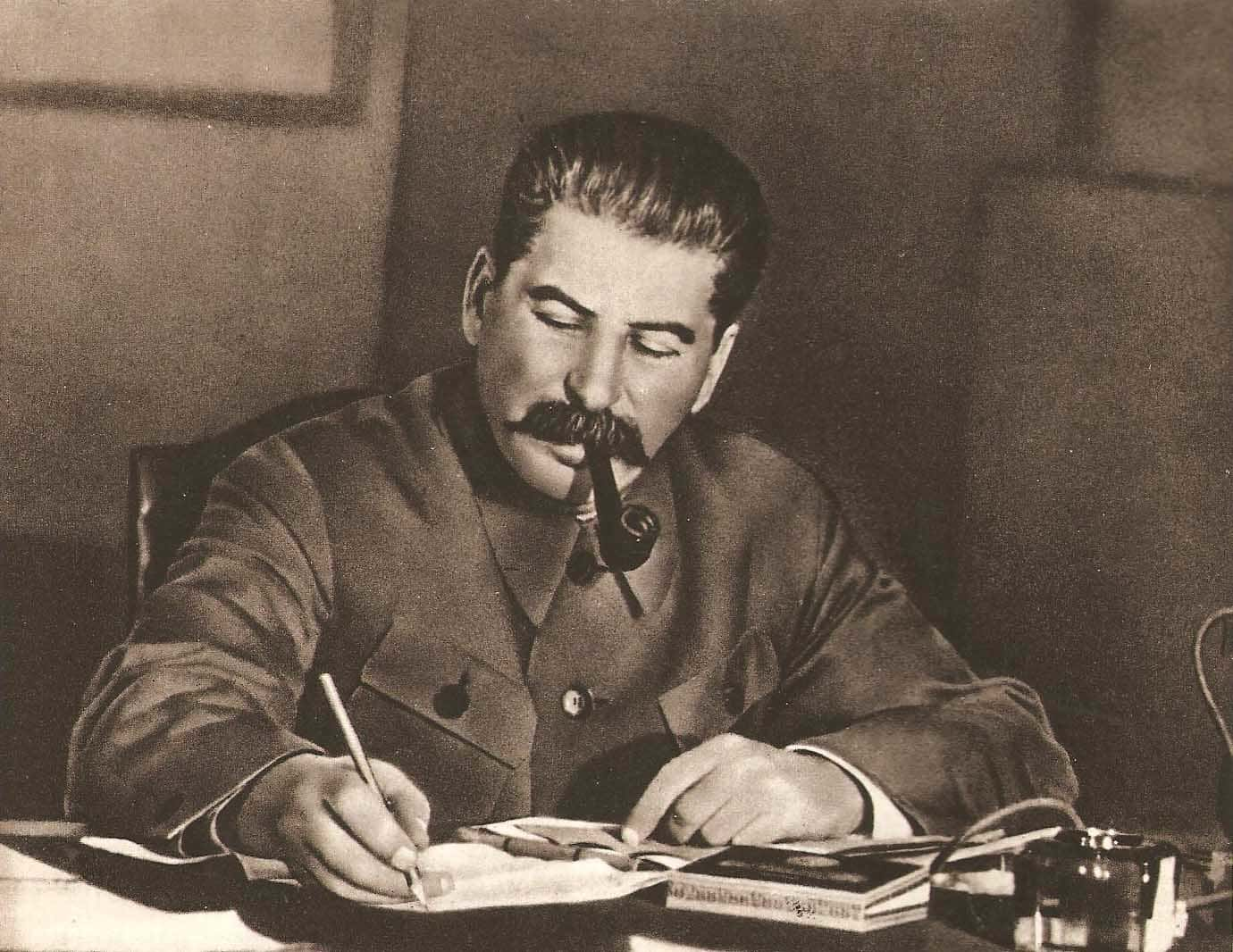 Flickr, Segunda Guerra Mundial
Flickr, Segunda Guerra Mundial
23. Would You Like Cheese With That Wine?
He fancied himself a wine connoisseur. His favorite came from Georgia (the country, not the American state), was called Khvanchkara, and had notes of raspberry in it. It’s a good thing Stalin isn’t around anymore, as Russia actually banned all Georgian-made wine in 2006.
22. Robbing the Cradle
When Stalin was in his 30s, he met an orphaned 13-year-old girl named Lidia Pereprygina during one of his forced exiles to Siberia. The two had a brief affair, and she even got pregnant (but lost the baby). This relationship was hidden deep in KGB archives, and only resurfaced some 80 years later.
21. Can’t Keep Him Away
Speaking of exile, Stalin was sent into exile seven times! Seven! Most of the time he managed to get away using disguises and aliases.
20. Not Her Father’s Daughter
Stalin only fathered one daughter, his youngest child. Svetlana Iosifovna Alliluyeva changed her name to Lana Peters, renounced her ties to the Soviet Union in 1967, and sought refuge in the US.
19. No Georgia Peach, Though
Stalin was born in modern-day Georgia, in a town called Gori in Tiflis Governorate. Technically it was part of the Russian Empire, but Stalin wasn’t actually considered Russian-born. Despite this, he was named the third most influential Russian in history in December, 2008 by a Russian TV show.
18. Making a Monster
As leader of the Communist Party of Russia, Vladimir Lenin aided Stalin in his rise within the Party. However, Lenin realized his error after seeing Stalin’s growing power, and tried to keep Stalin from becoming his successor. It was too late.
17. Forced Famine
Stalin wanted to grow Russia through an industrial age. Unfortunately, this forced industrialization took a mighty toll on the people. The famine of 1932-1933 saw between 6-8 million deaths. 4-5 million of those deaths came from the Ukraine, and Ukrainians refer to this time as Holodomor, or "murder by starvation."
16. They Used to Be Friends-ish
In 1939, Stalin and Adolf Hitler signed a nonaggression pact, but Stalin didn't count on Germany's rapid expansion. When Hitler gained much of Europe, he then started going after Russia, and the two weren't so friendly anymore.
15. No Mercy Spared
Stalin was ruthless: He was responsible for an estimated 40 million deaths, including Soviet soldiers in World War II. He also regularly imprisoned, tortured, starved, and exiled Russian citizens, particularly his political and religious rivals.
14. Closing His Ranks
Some of those deaths come from “The Great Purge,” also known as “The Great Terror.” Between 1936 and 1938, Stalin battened down the hatches, purging his own Communist Party. In the Red Army alone, three quarters of the generals, field commanders, and naval admirals were victims of this purge. The children of these victims were even given new names so they couldn’t look for their parents. Now that's thorough.
13. As Far as He Can Throw Them
No one was safe from Stalin. “I trust no one, not even myself,” he said. Among some of his casualties, particularly during the Terror, were his closest allies.
12. If I Had a Heart
Still, Stalin once had a soft side, and he was distraught after the death of his first wife. “This creature softened my heart of stone. She died and with her died my last warm feelings for humanity,” he said. He had to be pulled out of her open grave after he threw himself in it.
11. Misquoted
His famous line, “A single death is a tragedy; a million deaths is a statistic” was likely never spoken by him; there are no reliable sources that confirm he actually said or wrote it.
10. What an Honor
Stalin was nominated for the Nobel Peace Prize twice! The first was in 1945, the second just three years later. Time also honored him as Person of the Year two times, in 1939 and 1942.
9. The Instigator
While Stalin helped end World War II, he also aided in starting another conflict. Stalin supported North Korea invading American-backed South Korea, thus kicking off the Korean War.
8. Miracle on Ice
When pretty much the entire Soviet national hockey team died in a plane crash in 1950, Stalin's son Vasily (a patron of the team) had to act quickly in order to avoid daddy throwing a tantrum. What did Vasily do? Well, he just replaced the team with new members, covered up the crash, and acted like nothing happened.
7. This Sounds Familiar
Stalin's propaganda machine worked day and night to make sure Russia's leader was glorified in the eyes of the people. The newspapers reported that Stalin was responsible for "beautiful present and future" of the Soviet Union.
6. Somebody Call a Doctor!
In 1952, Stalin had hundreds of mostly Jewish doctors and medical staff arrested and thrown in jail in what is now called "The Doctor's Plot." Ironically, jail is where all of Russia's best doctors sat when the dictator suffered a fatal stroke in 1953.
5. It’s All in His Head
Stalin's autopsy showed that he had cerebral atherosclerosis, in which plaque build-up occurs inside the brain’s blood vessels. The condition can cause strokes, dementia, and a host of other issues. And dude had issues.
4. Poison Plot?
Stalin's stroke may have actually been a successful assassination attempt, and some historians believe that he was killed with warfarin, a blood thinner that is also used as rat poison. Ironically, Stalin was consumed with worry later in life that he would be poisoned, and brought mice and rats with him everywhere to test his food and drink.
3. Final Resting Place
After his death on March 5, 1953, his body was embalmed and preserved until 1961 at Red Square, in Lenin's mausoleum, in Moscow. In 1961, after the big dip in his popularity, he was removed from the mausoleum and buried near the Kremlin.
2. Maybe He Was Just a Little Paranoid
Though he was obsessed with John Wayne and American Westerns, Stalin actually tried to have the Duke assassinated for some anti-communist comments the actor made. It never panned out, though, and when Nikita Krushchev took over after Stalin's death, he rescinded the order.
1. No Time to Negotiate
Stalin was a severely heartless man who even condemned his own son, Yakov, to a horrific fate during World War II. Stalin refused to deal with the Nazis after they took Yakov captive. The Germans believed they could force Stalin to cave into their demands, using Yakov as leverage. They wanted to trade Stalin's son for a German Field Marshal that the Russians had captured, but Stalin refused, and Yakov died in a concentration camp in 1943 under mysterious circumstances.
 Flickr, Segunda Guerra Mundial
Flickr, Segunda Guerra Mundial
Sources: 1, 2, 3, 4, 5, 6, 7, 8

